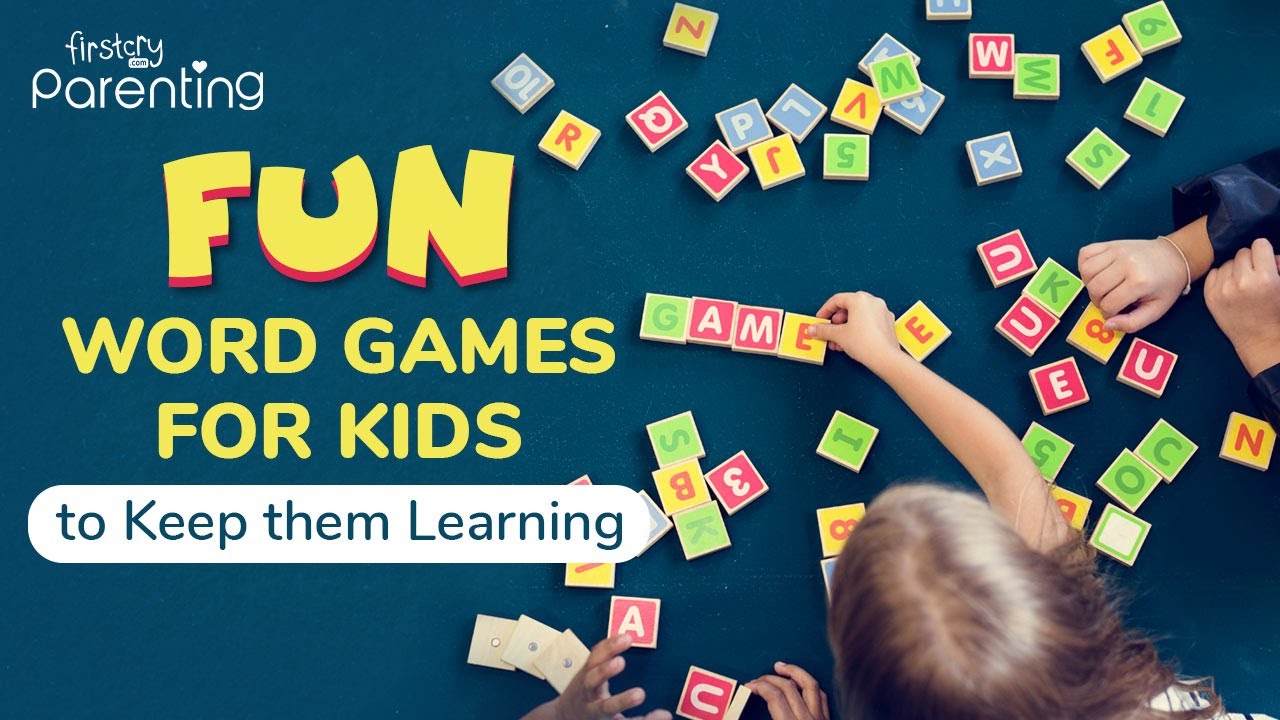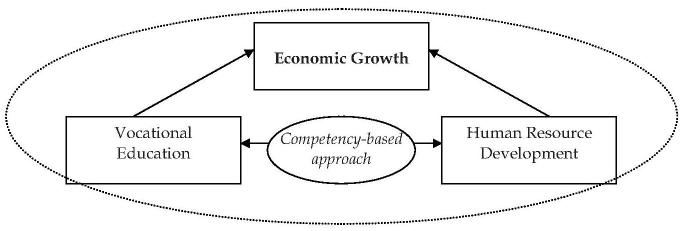
You have many choices for your child's education in Colorado. These options include online, public, and private schools. Find out about the various options available to you and how to choose the best one for your child. There are many great things about Colorado that will keep your child active and learning.
Public schools
Colorado public schools have an open enrollment system, meaning that your child can attend their neighborhood school or apply to another public school if they want. This can cause confusion for families. DPS designed a one-application process with a deadline in 2011 to make it easier for families. This process was created by DPS based on research done by Nobel Prize winner Dr. Al Roth. It is intended to simplify the process for parents.
Colorado public schools tend to be the preferred choice of most children. However, there are many alternatives. Colorado public schools are free and open to all students, and are funded by the federal, state, and local governments. According to the Colorado Department of Education, each student in K-12 receives approximately $11,602 each year. Project Nickel offers more information on Colorado school spending.

You should consider the cost of public charter and magnet schools if you are considering them. Private schools can charge tuition, while others are free to families. Independent schools can also be found, though they are more expensive and may not offer the same strong scholarship programs that attracted families to enroll their children.
Online schools
Online schools in Colorado are growing in popularity. Colorado's online colleges allow you to choose whether you would like to work remotely or prefer the convenience of attending college on your own schedule. Colorado's online colleges are open to students from any part of the country. You can contact school advisors to find out about their program offerings.
When choosing an online college or university, consider accreditation. While some schools are nationally accredited, others are regionally accredited. Schools with regional accreditation typically meet higher standards. Accredited schools usually offer financial aid. Credits can be transferred from accredited online colleges to accredited schools. Online schools with lower tuition fees are available for those who have difficulty paying.
A survey has revealed that Colorado is home to the largest number of students who study online at public universities and colleges. However, there are many private for-profit colleges or universities in the state. About half of the state’s postsecondary institutions was for-profit in 2012. There were 24 four year institutions and 17 two years colleges. The rest of the state's colleges and universities were public or nonprofit.

Homeschooling
Colorado homeschooling is a popular alternative for traditional schooling. There are many laws in Colorado that permit homeschooling. This includes the right to educate your child at your home. These programs include enrichment classes, cooperatives, and record-keeping to track attendance and grades. Many schools have enrichment programs that are funded by the government. To take advantage of these services, however, you will need to register with your school district.
Some homeschooling parents advocated for changes in the state's education laws during the 1980s. Senate Bill 138, while it passed the Senate, failed to make it through the House. A bipartisan group feared that the bill would give parents too little protection and allow them to have too much freedom.
Colorado's homeschooling guidelines require parents to meet certain requirements. Colorado law requires that children under 6 years old attend public or private schools. However, Colorado parents have the option to homeschool their children. Homeschooling is allowed until 6 years of age, but parents can choose to start earlier. In addition, parents must submit test results to the school district.
FAQ
How long does a teacher of early childhood take?
The bachelor's degree program in early childhood education takes four years. It will take you two years to complete the required general education courses at most universities.
After your undergraduate studies are completed, you will typically enroll in graduate school. This allows you to become a specialist in a specific area of study.
For example, you might choose to concentrate on learning disabilities or child psychology. You must apply for a teacher preparation program after you have completed your master's degree.
This process may take another year. During this period, you will work with experienced educators to gain real-world knowledge.
Finally, to be able to officially start working as a teacher, you will need pass the state exams.
This process takes several years, which means you won't be able to immediately jump right into the workforce.
Should I specialize in one subject or branch out?
Many students prefer to focus on one subject, such as English, History, Math, rather than branching out into other subjects. But, you don't always have to specialize. You could, for example, choose to specialize in surgery or internal medicine if you are considering becoming a physician. You can also become a general practice physician, with a focus in family medicine, neurology, psychiatry or gerontology. If you're interested in a career as a business professional, you can focus on management, finance or operations research. The choice is yours.
What does it take to be a teacher early childhood?
First, you must decide if early childhood education is what you want to pursue. You will need to earn your bachelor's degree if you decide to pursue a career in early childhood education. Some states require students to earn a master's degree.
You may also need to attend classes during summer months. These courses cover topics such as pedagogy (the art of teaching) and curriculum development.
Many colleges offer associate degrees that can lead to teaching certificates.
Some schools offer certificates or bachelor's degree in early childhood education. But others only offer diplomas.
If you plan to teach at home, you may not need any additional training.
Statistics
- And, within ten years of graduation, 44.1 percent of 1993 humanities graduates had written to public officials, compared to 30.1 percent of STEM majors. (bostonreview.net)
- They are more likely to graduate high school (25%) and finish college (116%). (habitatbroward.org)
- Globally, in 2008, around 89% of children aged six to twelve were enrolled in primary education, and this proportion was rising. (en.wikipedia.org)
- Think of the rhetorical power of nineteenth-century abolitionist Harriet Beecher Stowe, Martin Luther King, Jr., or Occupy Wall Street activists with their rallying cry of “we are the 99 percent.” (bostonreview.net)
- Among STEM majors, that number is 83.5 percent. (bostonreview.net)
External Links
How To
What is vocational education?
Vocational education prepares students for the workforce after high school. Students are trained in specific skills to be able to do a particular job such as welding. It includes training on the job in apprenticeship programs. Vocational education is different from general education in that it prepares individuals for specific career paths rather than acquiring broad knowledge for future uses. Vocational education does not prepare students for university, but it helps them find work after graduation.
Vocational education can be offered at any level of schooling: primary, secondary, college, university, technical institutes and trade schools. In addition, there are many specialized schools such as culinary arts schools, nursing schools, law schools, medical schools, dental schools, veterinary medicine schools, firefighting schools, police academies, military academies, and other military schools. These schools offer both practical and academic training.
A number of countries have made significant investments in vocational education over recent decades; for example, Australia, Denmark, Finland, Germany, Ireland, Japan, Luxembourg, New Zealand, Norway, Poland, Sweden, Switzerland, the United Kingdom, and the United States. However, it is not clear if vocational education is effective. Some critics believe it doesn't help students get hired, while others claim that it helps prepare them for life after high school.
The U.S. Bureau of Labor Statistics estimates that 47% of American adults possess a postsecondary certificate, or degree related to current occupation. This is a higher percentage among those who have more education. 71% are currently employed in fields that require postsecondary qualifications.
According to the BLS in 2012, almost half of Americans had at the least one type of postsecondary credential. One-third of Americans had a two year associate degree. Only 10% held a four-year bachelors degree. One fifth of Americans have a master's, or doctorate.
In 2013, the median annual wage for persons holding a bachelor's degree was $50,900, compared to $23,800 for those without a degree. For those with advanced degrees, the median wage was $81,300.
For those who did no high school, the median salary was only $15,000. Earn $13,000 per annum for those with less high school diplomas.